Escher X nendo | Between Two Worlds (National Gallery of Victoria)
The Dutch printmaker M.C. Escher is one of the few twentieth-century artists who became almost universally known by the general public from the 1960s on. Constructed as visual paradoxes with impossible architectures, vaulting perspectives, and dramatic metamorphoses of form, his images startled. Once seen, they stamped themselves indelibly on the memory. I’ll hazard a guess that most of us can recall the amazement of first seeing an Escher image: perhaps Other world (1947), a wood engraving of a pigeon perched beneath a colonnaded arch, seen from three divergent perspectives simultaneously; or the lithograph Drawing hands (1948), where a pair of convincingly rendered three-dimensional hands seemingly sprout from a page, each one drawing the shirt cuff of the other; or Day and night (1938), a flock of geese flying evenly in diametric directions over a Dutch landscape, half of them silhouetted against daylight while the other half transmute into white, set against a nocturnal view of the same scene.
Continue reading for only $10 per month. Subscribe and gain full access to Australian Book Review. Already a subscriber? Sign in. If you need assistance, feel free to contact us.

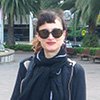
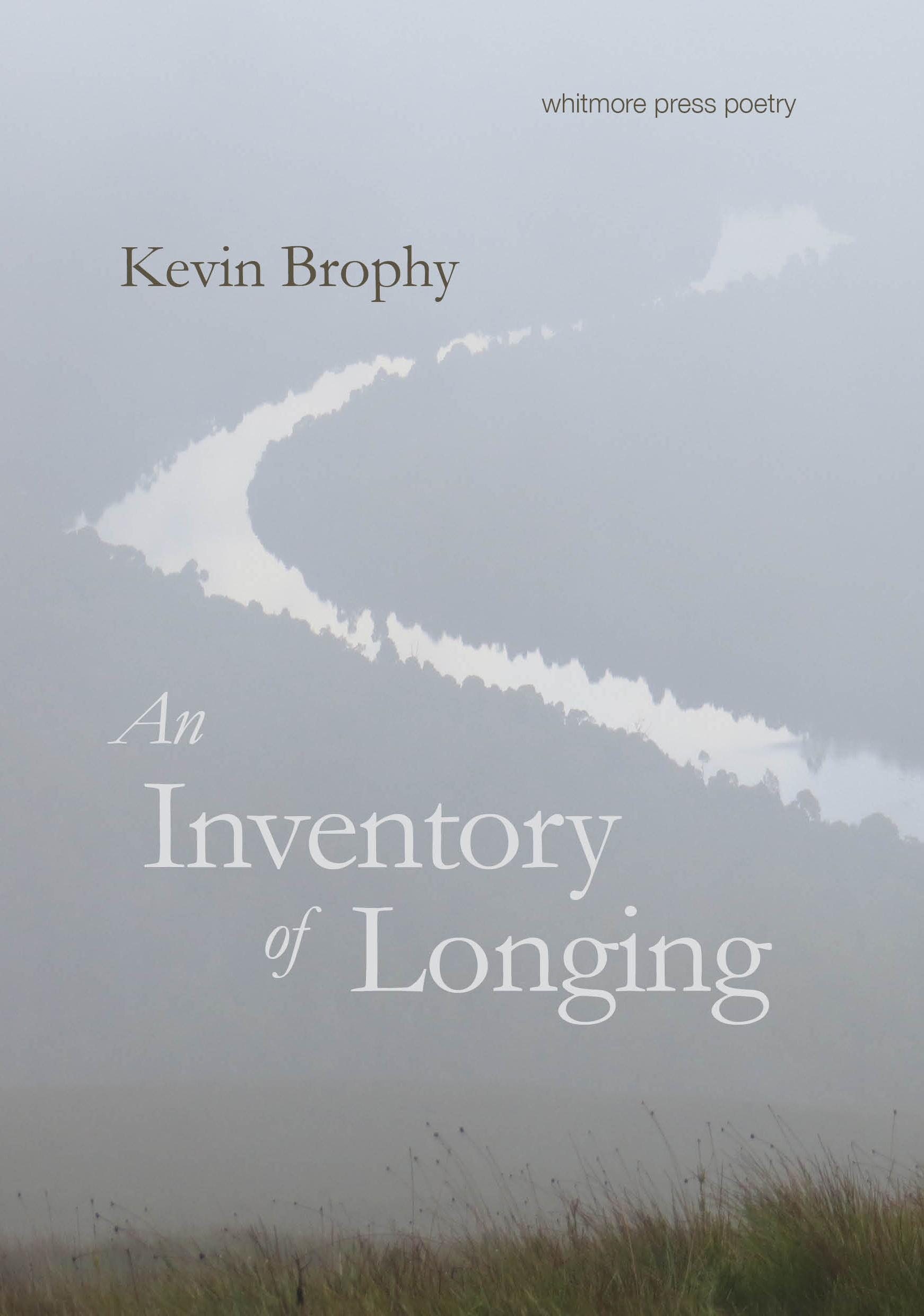

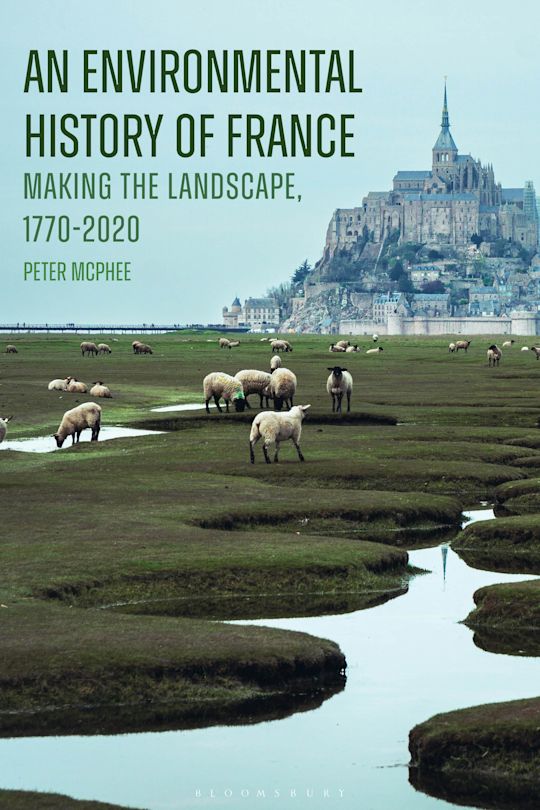
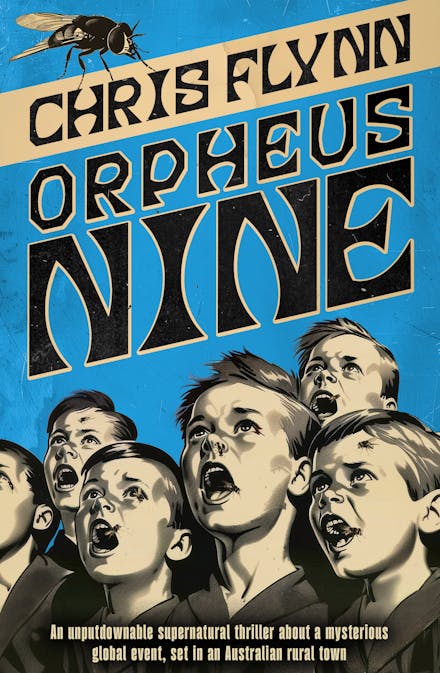


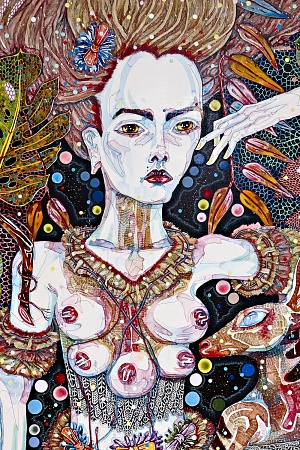

Leave a comment
If you are an ABR subscriber, you will need to sign in to post a comment.
If you have forgotten your sign in details, or if you receive an error message when trying to submit your comment, please email your comment (and the name of the article to which it relates) to ABR Comments. We will review your comment and, subject to approval, we will post it under your name.
Please note that all comments must be approved by ABR and comply with our Terms & Conditions.